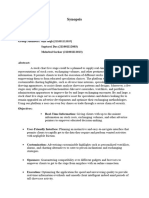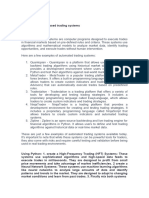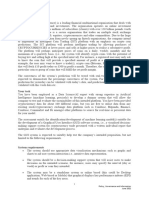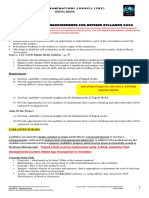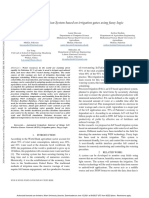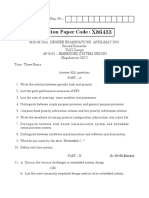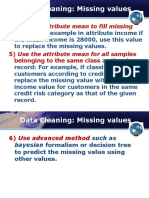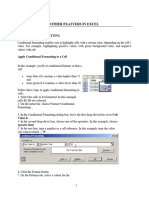0% found this document useful (0 votes)
51 views6 pagesSoftware Development Perspective
The document discusses the development of trading systems from a software perspective, emphasizing the importance of understanding functional and non-functional requirements, architecture, and technology stacks. It outlines key components such as market data handling, backtesting, real-time processing, error handling, security, and DevOps practices. The conclusion highlights the necessity for developers to blend software engineering with financial knowledge to create robust and efficient trading systems.
Uploaded by
radicalgeekstechCopyright
© © All Rights Reserved
We take content rights seriously. If you suspect this is your content, claim it here.
Available Formats
Download as PDF, TXT or read online on Scribd
0% found this document useful (0 votes)
51 views6 pagesSoftware Development Perspective
The document discusses the development of trading systems from a software perspective, emphasizing the importance of understanding functional and non-functional requirements, architecture, and technology stacks. It outlines key components such as market data handling, backtesting, real-time processing, error handling, security, and DevOps practices. The conclusion highlights the necessity for developers to blend software engineering with financial knowledge to create robust and efficient trading systems.
Uploaded by
radicalgeekstechCopyright
© © All Rights Reserved
We take content rights seriously. If you suspect this is your content, claim it here.
Available Formats
Download as PDF, TXT or read online on Scribd
/ 6





